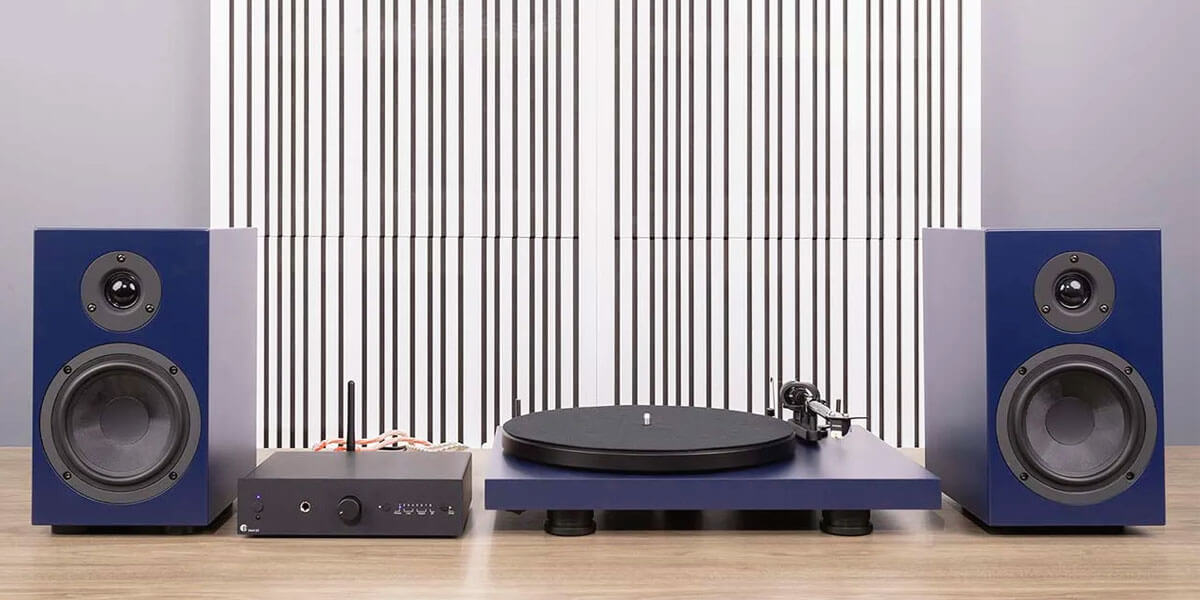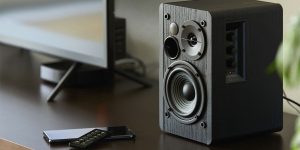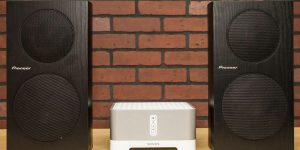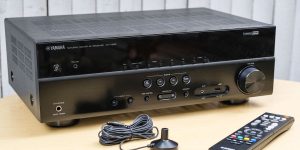What is a THD in audio? This question is really interesting to many beginners in the sound world. Total Harmonic Distortion, or THD, is just one of the parameters of your audio device. Some audiophiles or musicians with absolute musical hearing are able to hear it, but for most people, it’s impossible to hear the harmonic distortion, which is below 1%. Anyway, THD is quite an important parameter, and in this article, I’ll provide you with all the necessary details on it.
About harmonics and THD
In terms of physics, the appearance of harmonic distortion is logical, as in audio equipment, the input sound waves cannot be equal to the waves that result from complex sound processing inside an audio system.
Total Harmonic Distortion (THD) definition and its significance
Total Harmonic Distortion (THD) is a measure of the distortion present in an electrical system or device. It quantifies the extent to which the waveform of an electrical signal deviates from its ideal sinusoidal shape due to the presence of harmonics.
This spec is indicated in the parameters list of an audio device as a percentage, where less percentage means less sound distortion and noises. I think you should consider THD when evaluating or buying new audio equipment because it can impact both sound quality and the overall listening experience.
How harmonic distortion occurs
Harmonic distortion occurs in electrical systems due to the presence of non-linear loads or devices. When a non-linear load is connected to an electrical system, it introduces harmonics into the system by drawing current in short pulses or abrupt changes rather than a smooth sinusoidal waveform.
Common sources of harmonic distortion include:
| Source | Description |
|---|---|
| Power electronic devices | Devices such as rectifiers, inverters, variable speed drives, and switch-mode power supplies introduce harmonics due to their non-linear behavior. |
| Non-linear loads | Electronic equipment, computers, servers, LED lighting, and certain types of motors are non-linear and can generate harmonics. |
| Unbalanced loads | An imbalance in the three-phase currents of a balanced system can also introduce harmonics. |
| Harmonic resonance | When the frequency of a harmonic coincides with the natural frequency of the system, it can lead to resonance and magnification of harmonic distortion. |
Impact of THD on sound quality
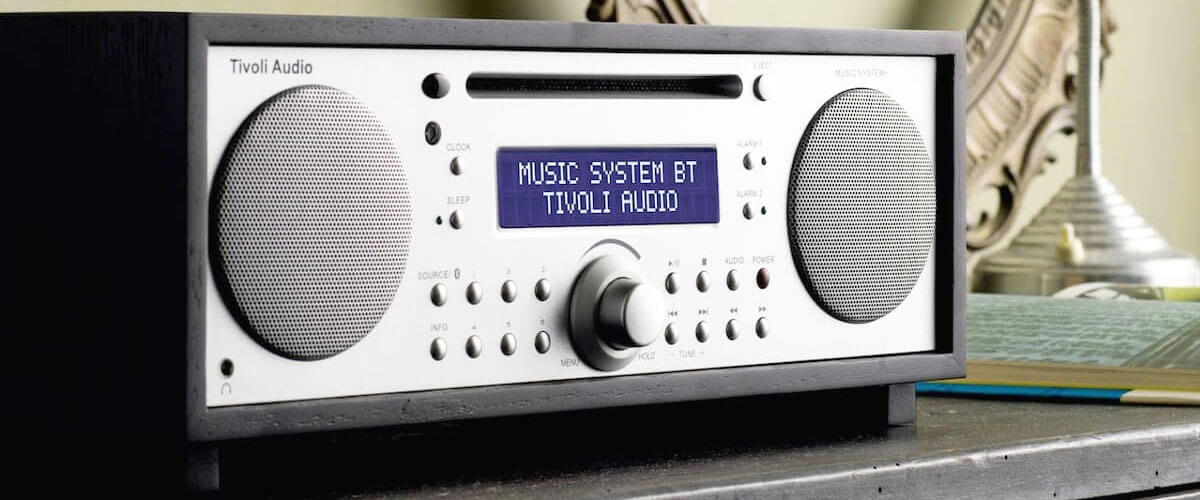
Yes, THD really influences the overall sound quality. I’ll tell you about how it shows up further.
The perceptual effects of harmonic distortion
These effects can be both intentional, as used in music production and audio processing, or unintentional, resulting from equipment limitations or poor signal quality. Here are some perceptual effects of harmonic distortion I recommend paying attention to:
| THD effect | Description |
|---|---|
| Warmth and coloration | Harmonic distortion can be desirable as it adds warmth, richness, and coloration to audio signals. |
| Overdrive and saturation | THD adds harmonics to the original signal, resulting in increased sustain, grit, and a characteristic “crunch” or “growl” that is popular in rock and blues genres. |
| Enhanced presence and perception | This effect is commonly employed in mastering and mixing processes to add perceived loudness, clarity, and depth to recordings. |
| Alteration of timbre | Depending on the amount and nature of distortion, it can introduce changes in the harmonic balance, modifying the perceived brightness, richness, and character of the sound. |
| Loss of clarity and definition | It can also introduce unwanted artifacts, noise, or muddiness, reducing the intelligibility and quality of the sound. |
| Distorted perception of pitch | This effect is particularly noticeable when the distortion alters the harmonic relationships within the signal, resulting in pitch shifts or detuning. |
The way THD affects various aspects of audio reproduction
To sum up, an amplifier THD can affect various sound quality and fidelity aspects. Here are some specific impacts of THD:
| THD impact | Description |
|---|---|
| Accuracy of sound reproduction | High levels of THD can cause a “muddying” or “smearing” effect on the audio, reducing clarity and definition. |
| Timbral changes | THD introduces additional harmonic components that may not be present in the original signal, leading to a perceived change in the coloration and character of the sound. |
| Imaging and soundstage | THD can introduce spatial distortions, blurring the positioning of instruments and sound sources within the stereo or surround sound field. |
| Dynamic range and transient response | High THD levels can mask subtle details and reduce the contrast between soft and loud passages. Additionally, it can affect the transient response, resulting in the smearing or distortion of fast, transient sounds like drum hits or percussive instruments. |
| Listener fatigue | Prolonged exposure to high levels of THD can cause listener fatigue. Distorted audio can be tiring to the ears and less enjoyable to listen to over extended periods. |
| Accuracy in audio measurement | High THD levels can introduce errors and inaccuracies in measurement results, potentially misleading the assessment of audio quality and system performance. |
Importance of THD in audio equipment
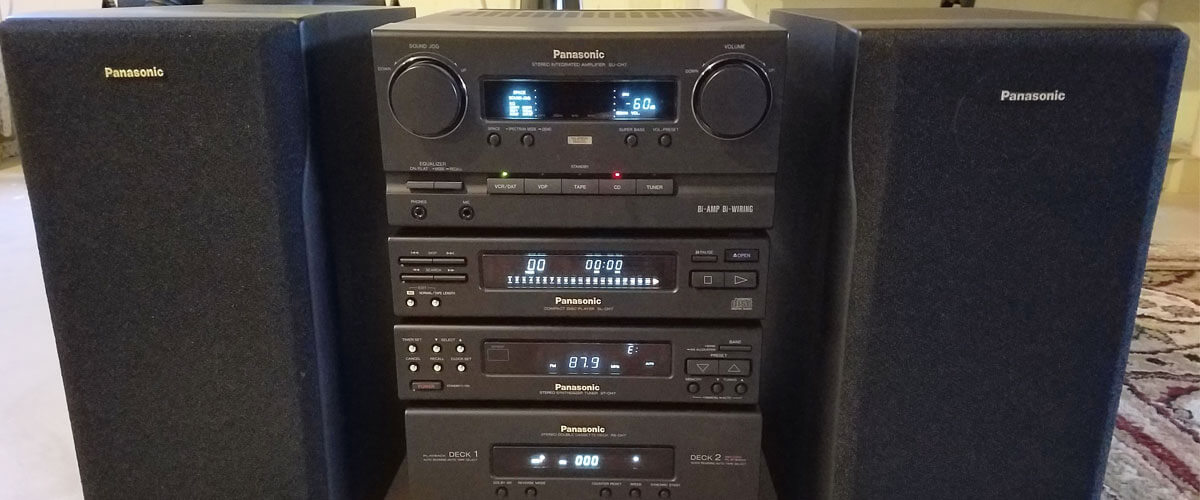
You might think that such parameters as power, the number of channels, or impedance are a lot more important than THD, but it’s not true. The THD spec is not less important, and in the next paragraphs, I will explain why.
Why THD matters in amplifiers, speakers, and DACs
THD is a parameter to consider in amplifiers, speakers, and digital-to-analog converters (DACs). Here’s why THD matters in each of these components:
- Amplifiers: amplifier THD can lead to a loss of fidelity, reduced dynamic range, and altered tonal balance. Therefore, low THD values are preferred.
- Speakers: Excessive THD in speakers can result in distorted, muddy, or harsh sound reproduction. That’s why low THD is also preferable here.
- DACs: High THD values in a DAC can lead to inaccuracies in recreating the original analog waveform. Low THD values in DACs are more desirable too.
In summary, you must understand that lower THD values in these audio system components help ensure a more quality sound without noises or distortions. That’s why, in this case, be guided by the principle “the lower the THD spec, the better”.
The role of THD in evaluating audio equipment performance
THD provides a quantitative measure of the distortion, allowing for objective comparisons and assessments. It also serves as an essential metric in evaluating audio equipment performance.
What is an acceptable THD level for audio equipment?
For most audio equipment, including amplifiers, speakers, and headphones, an acceptable THD level is typically considered to be below 1%. However, THD levels below 0.1% or even lower are preferred in professional audio settings, such as recording studios.
FAQ
Are lower THD values always better for audio equipment performance?
In professional audio production environments, lower THD values are preferable. Still, slightly higher THD values may be acceptable for casual listening or less demanding scenarios.
The role of THD in evaluating audio equipment performance
THD is a vital parameter for evaluating audio equipment as it provides insight into the equipment’s ability to faithfully reproduce the original audio signal.
How can I minimize THD in my audio system for improved sound quality?
To minimize your audio system’s THD, you should take these steps:
- My quality audio components from reputable manufacturers.
- Select audio equipment with low THD, typically below 1%.
- Use high-quality cables with proper shielding and connectors to minimize signal degradation.
- Ensure your audio components have a stable and adequate power supply.
- Set proper gain levels throughout your audio system.
- Use acoustic treatments like diffusers, absorbers, and bass traps to minimize unwanted reflections and improve overall audio fidelity.
- Maintain and clean your audio equipment regularly.
- Conduct critical listening tests with familiar audio tracks to evaluate the performance of your system.

